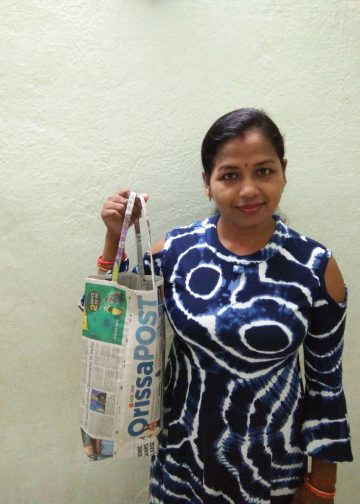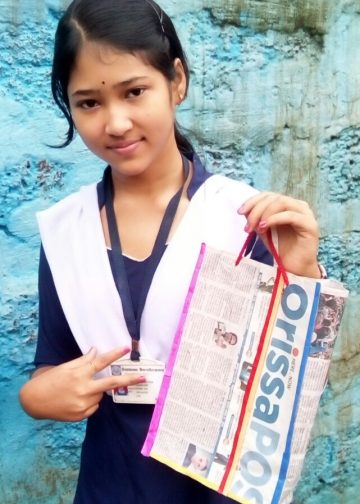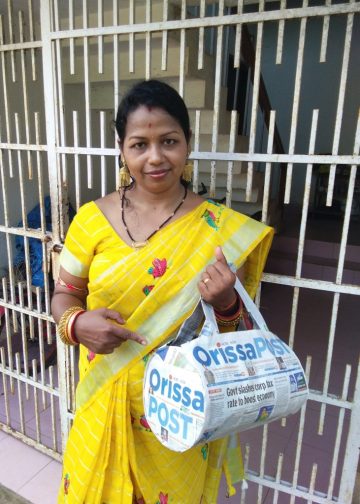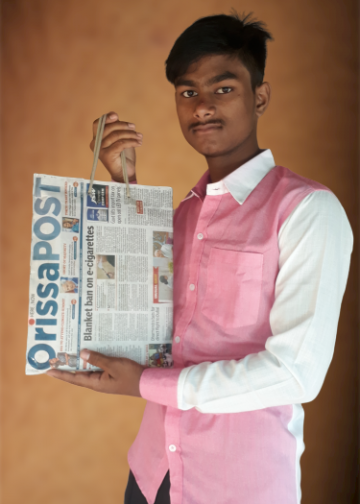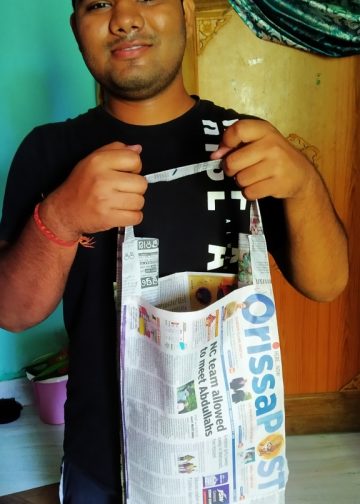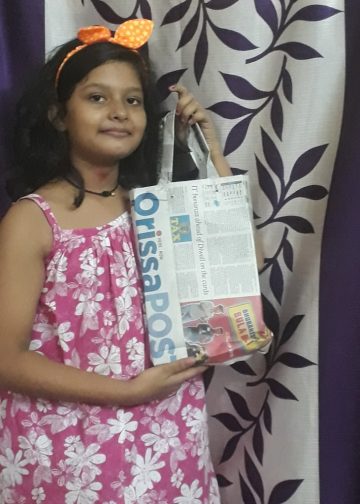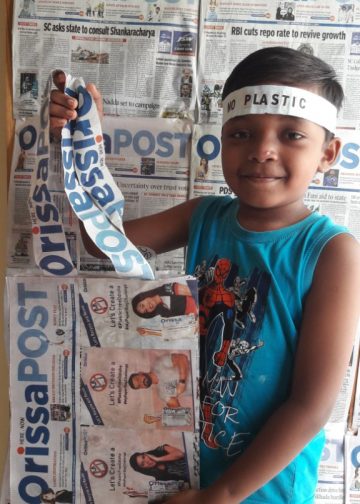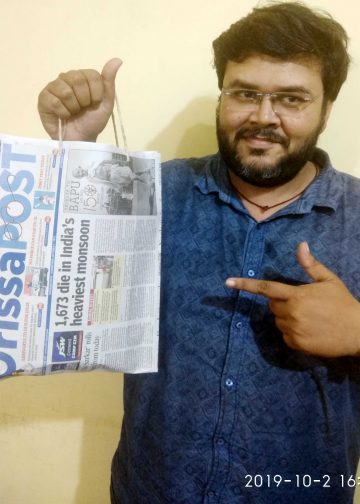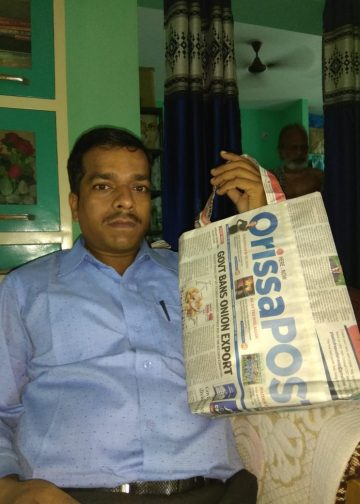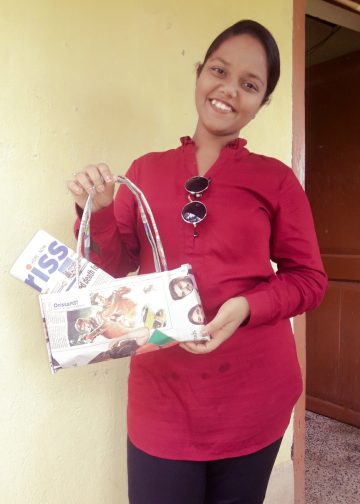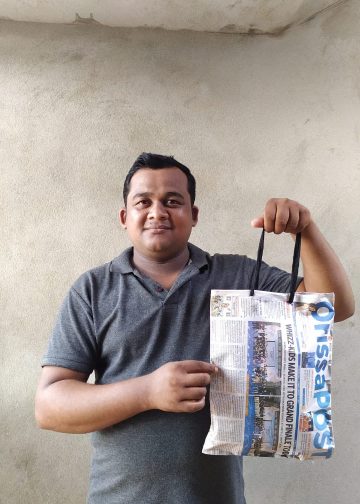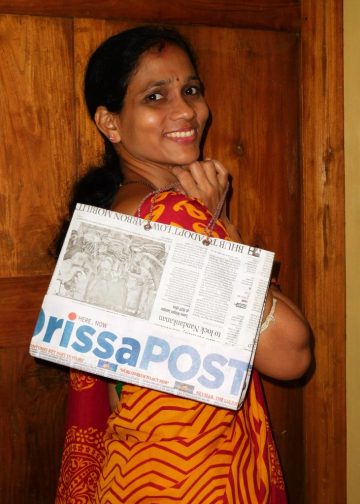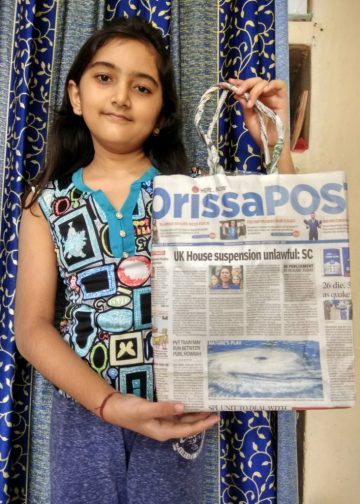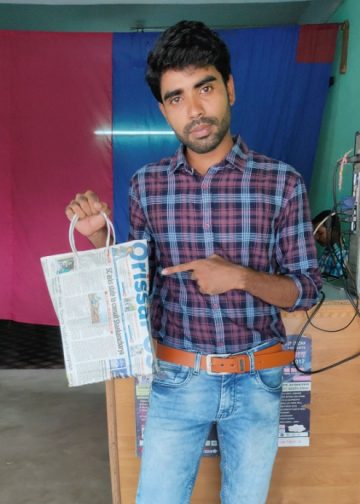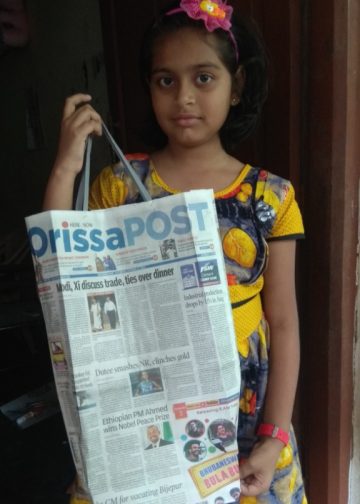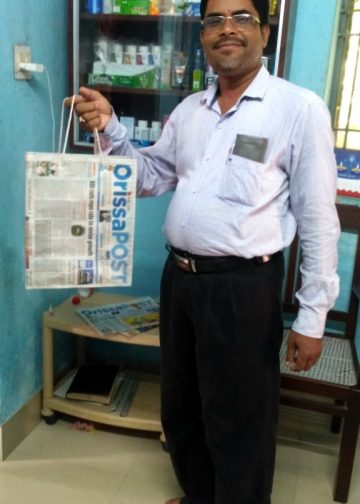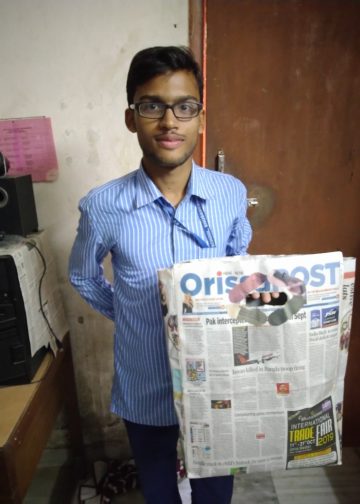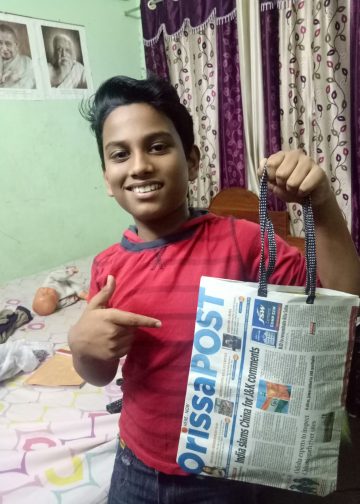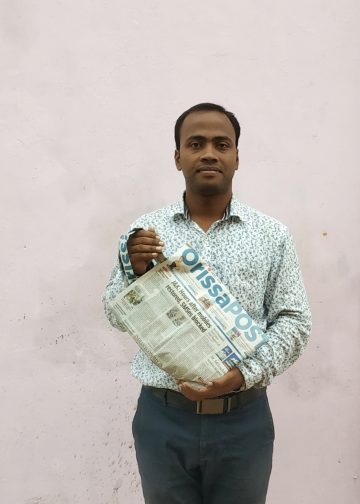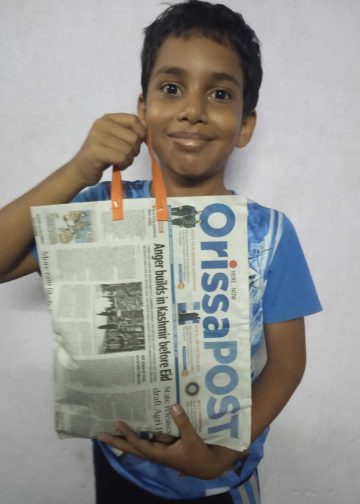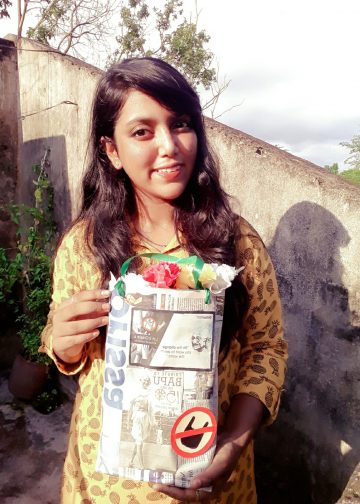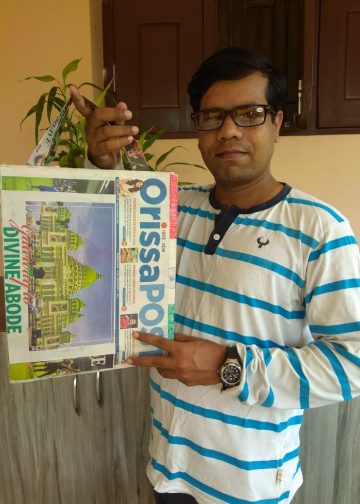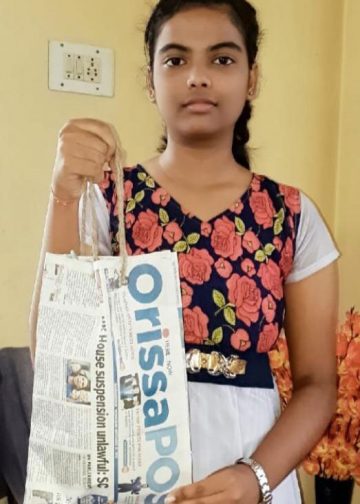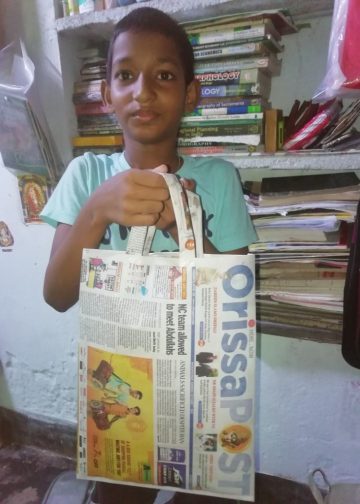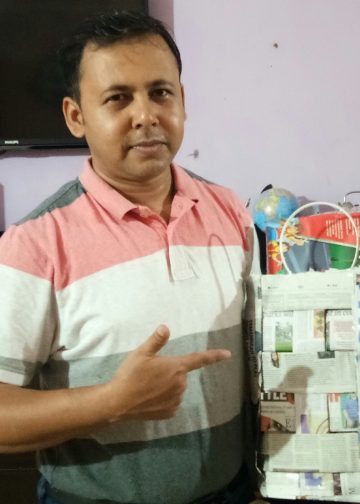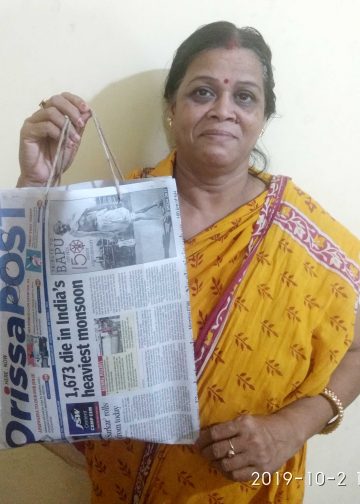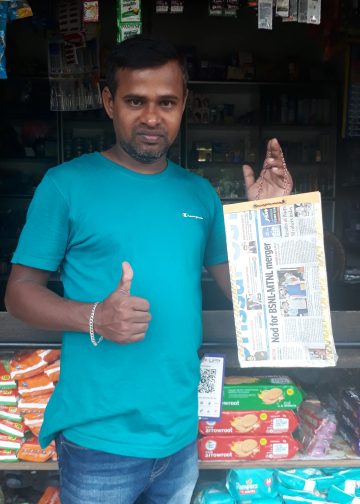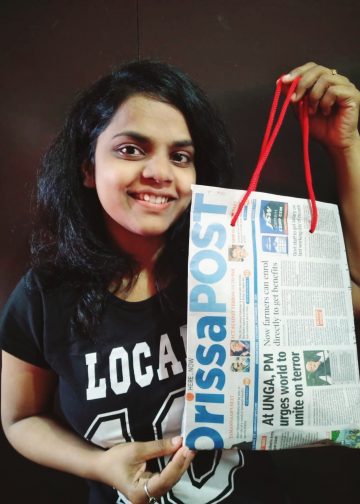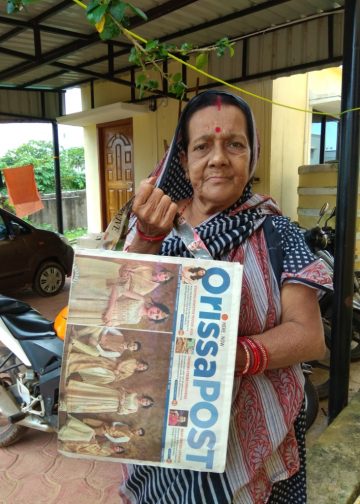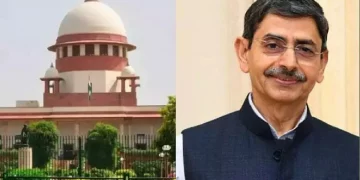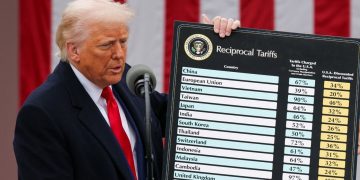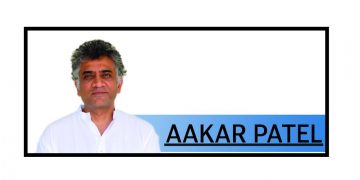The 13th edition of the Film Festival will be held from February 7 to 9, 2020, at the Idcol Auditorium in Bhubaneswar and inaugurated by Chief Minister Naveen Patnaik
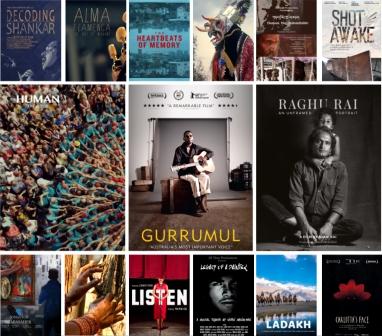
The JDCA Film Forum is a permanent programme initiative for archiving, documenting and screening of films on art. The Film Forum Archive, which houses over 2,000 documentary films, is planned under the larger umbrella of Odisha Cultural Resource Centre. Under the aegis of the Film Forum, JDCA has organised 12 ‘Film Festivals on Art & Artist’ since 2006. The initiative exposes the youth to India’s rich cultural heritage. Eminent filmmakers, critics, artists and scholars from all over the country participate in it. As many selected films are shown over three days, open to all and without ticketed entry with a host of ancillary programmes and interactions. The event allows the viewers to explore the personal vision and creative process of both the filmmaker and the artist.
The 13th edition of the Film Festival will be held from February 7 to 9, 2020, at the Idcol Auditorium in Bhubaneswar.
Jatin Das’ son, Siddhartha Das, who is the vice-chairman of JDCA and also organising the 13th edition of the film festival, is planning to make the fest grander. Speaking about Siddhartha, he graduated as an Exhibition Designer from the National Institute of Design in Ahmedabad, India, where he is a visiting faculty. He is a cultural consultant to various organisations, and a Nehru Trust and Charles Wallace Fellow. In 2008, he was awarded the International Young Design Entrepreneur by the British Council. His studio, Siddhartha Das Studio, has worked primarily on projects that aim to work with culture as a driver of economy and socio-cultural change within the geographical and other contexts within which they are located. As a design studio, it offers a wide variety of in-house curatorial and design expertise. The studio’s team includes architects, exhibition, industrial and graphic designers, and cultural professionals.
In an exclusive interview with Arindam Ganguly of Orissa POST, Das talks about the ‘13th Film Festival on Art & Artist’, his take on Kalingan architecture and how his father inspires him.
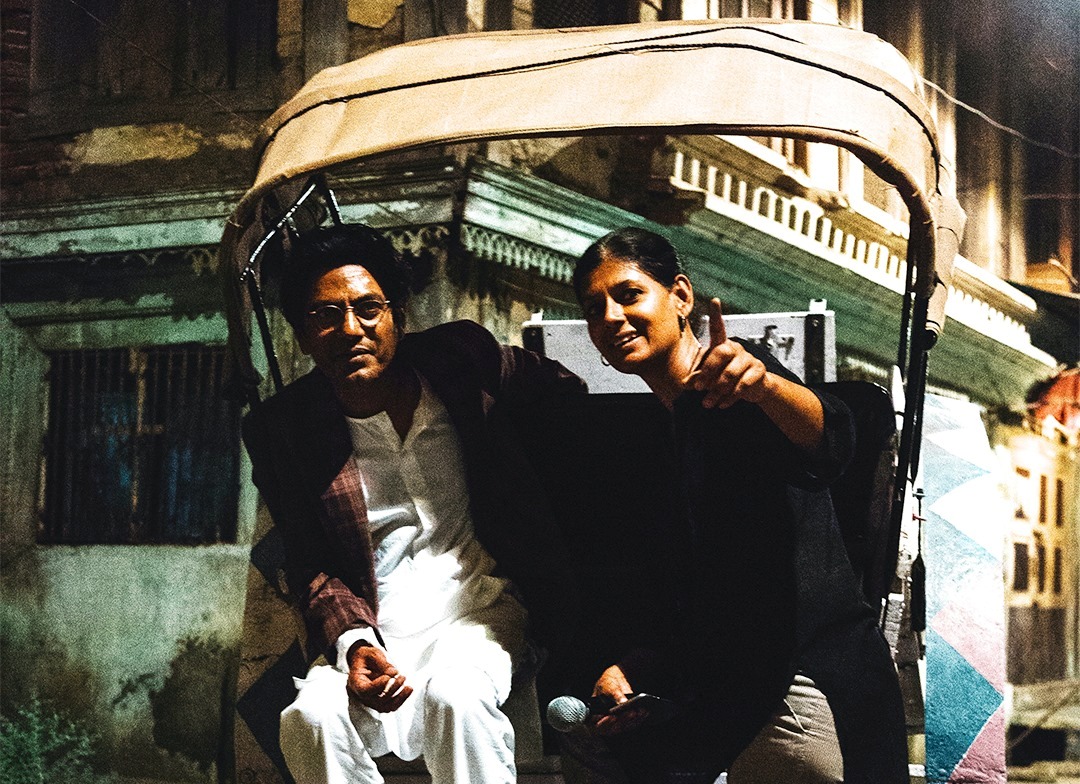
Q- This is the 13th edition of the film festival. What can we expect as ‘new’ this year?
- This year, we have divided the art and movies into seven categories, namely: visual art, performing art, design and architecture, community and culture, traditional art and craft, animation and experimental. We also have interesting classes and workshops by renowned artists. Weipu Chang will be deliberating on Chinese painting and National Award winning filmmakers Nandan Saxena and Kavita Bahl on 4K digital filmmaking. Performances will include a concert by singer Vidya Shah and music and dance by tribal troupes of Odisha. There will be illustrated lectures by internationally-acclaimed artist and founder-curator of the Kochi Biennale, Bose Krishnamachari on the Biennale, and by eminent filmmaker and actor, Nandita Das, on the art of making a period film, with readings from her new and first book, ‘Manto & I’. And as usual, JD Centre of Art’s monthly Meet the Artist (MTA) series continues uninterrupted with the 237th talk by artist and Director General of the National Gallery of Modern Art, Adwaita Gadanayak, on the work of artist Upendra Maharathi.
Q- A lot of documentaries will be screened in this festival. Do you think documentaries are often underrated?
- The perception people normally have about documentary movies is that they are boring and fiction movies are interesting. We want to debunk that and showcase some of the most interesting documentary movies. Mark Twain had once said— “Truth is stranger than fiction”—and we do believe that.
Q- What do you have to say about Odisha government’s push for promotion of art in the state?
- Art is an incredible medium because it is democratic and has different dimensions. We have traditional and contemporary art and culture. Odisha is visionary enough to use them in promotion of state in different ways. The mural arts in the city testify to that. Kala Bhoomi museum is another perfect example. Other museums in the country can take cues from it.
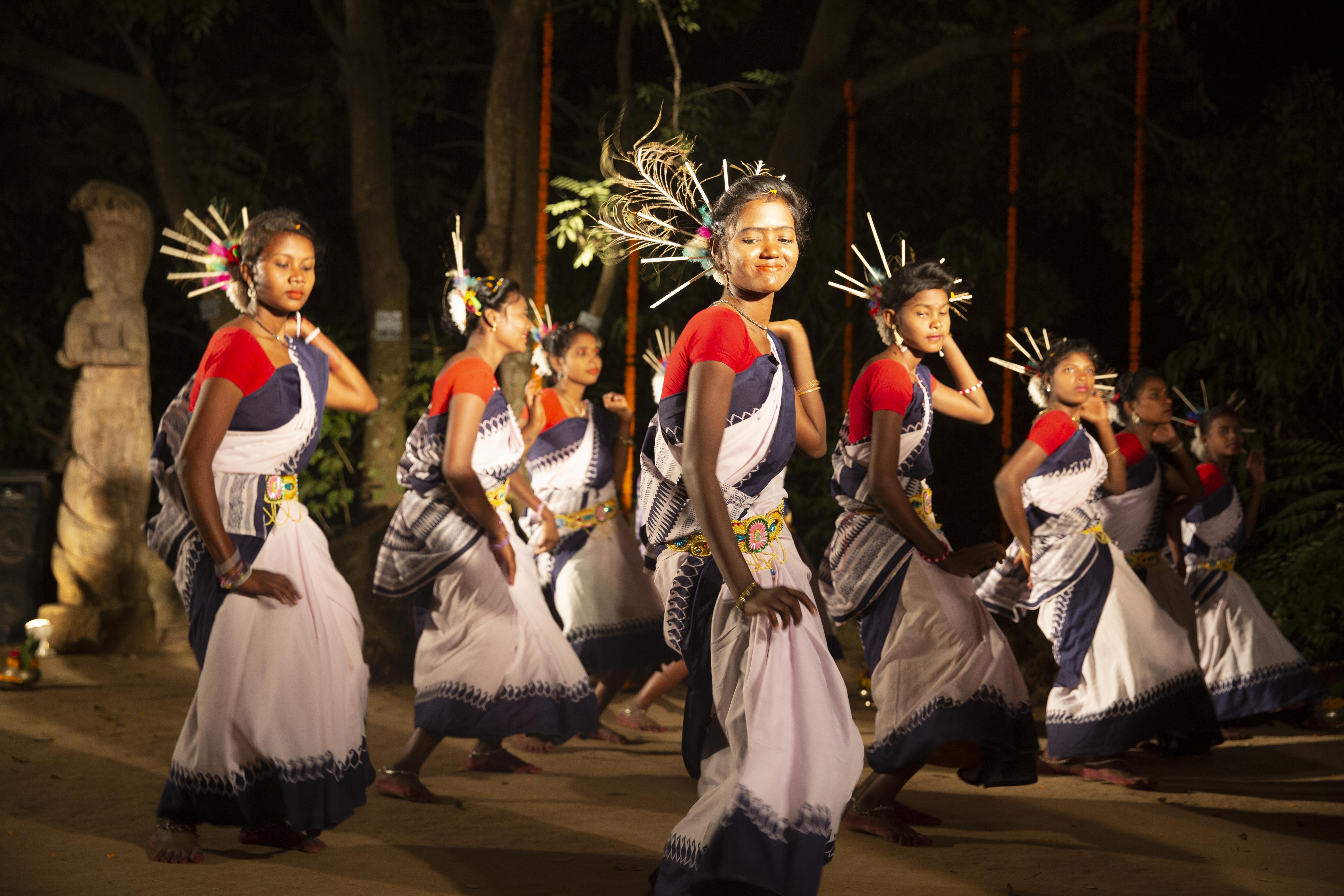
Q- Last year, in your exhibition, ‘Interpreting Temples’, you concentrated on Srimandir and Lingaraj temples. What is your take on Kalingan architecture?
- The Jagannath and Lingaraj temples in Odisha, built almost a thousand years ago are iconic examples of Kalingan temple architecture. They have withstood vagaries of time and nature. I have never lived in Odisha, but thanks to my father, I connect with the state’s art and culture and always feel home. Discovering your own culture and tradition is exciting. So, when we got the project of Interpretation Centre in Bhubaneswar and Puri temples (Lingaraj and Srimandir); we picked out some of the interesting architecture and exhibited them in New Delhi. We tried to invent new ways to look at the temples both architecturally and academically. Through the exhibition, a narrative has been created that brings to life the sacred architecture while making apparent the living traditions connected to the temples. Also, all exhibits have been conceived by the studio, and fashioned by skilled craftsmen of Odisha.
Q- In reference to Jatin Das’ ‘Pankha’ collection, how would you describe your part in taking your father’s legacy forward?
- I learnt from my father how to live life in a simple way. His simplicity inspires me. I and Nandita both follow it. We have learnt that— Fame is here today and gone tomorrow. What is important is that we spend our time with quality people and family. My father grew up in a different era. When the country got freedom, he was a child. We will never understand that feeling. My father’s generation teaches us on ethics, generosity and kindness. It’s a pity that we don’t see these qualities in people very often. His generation and his contemporaries have great sense of purpose and responsibility. He has been working for 50 years now and has held many one-man exhibitions. His works featured in several public and private collections. In 2018, we exhibited over 500 fans collected by him. That exhibition at the Indira Gandhi National Centre for the Arts (IGNCA) in New Delhi was titled ‘Pankha: Hand-Fans from the collection of artist Jatin Das’. It featured hand fans assembled over a span of 22 years, with each exhibit having a unique story to tell. We are working on creation of Centre of Arts in Bhubaneswar which will give opportunities to the young generation and young talents to learn things and also learn from his (my father’s) works of several years.





